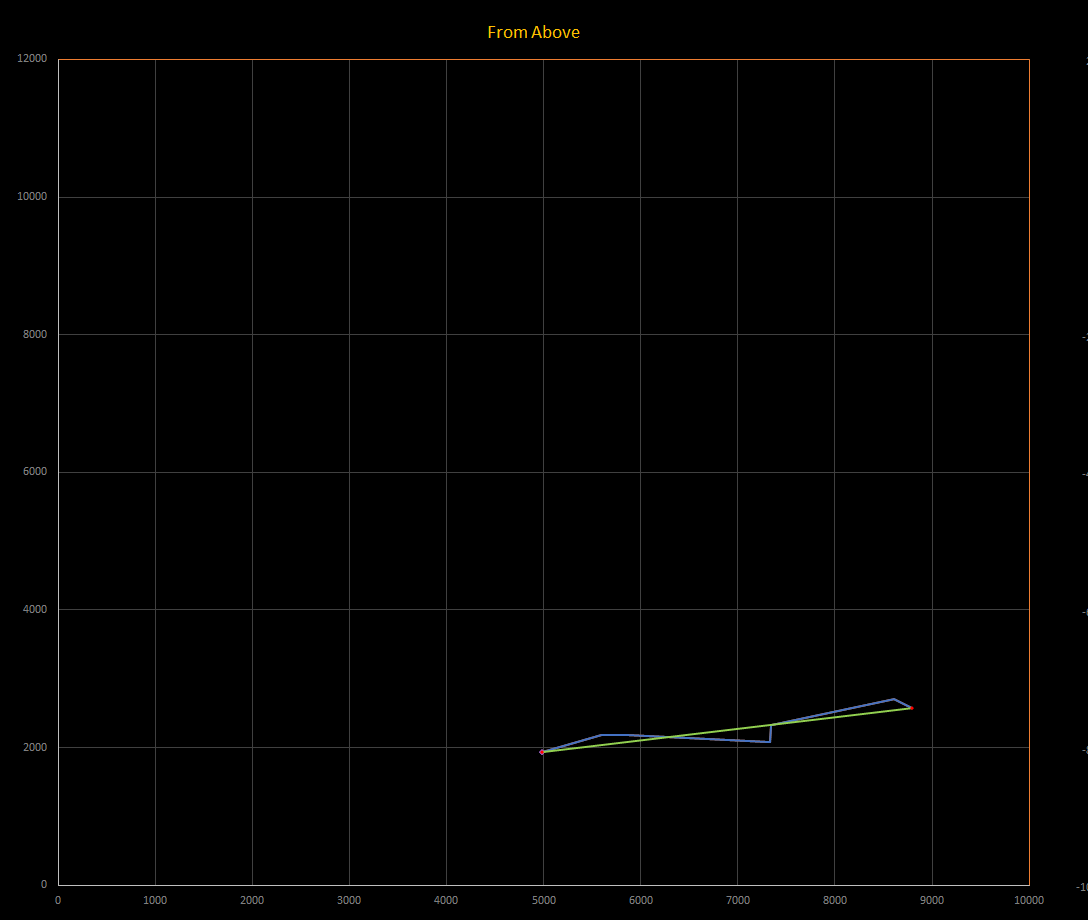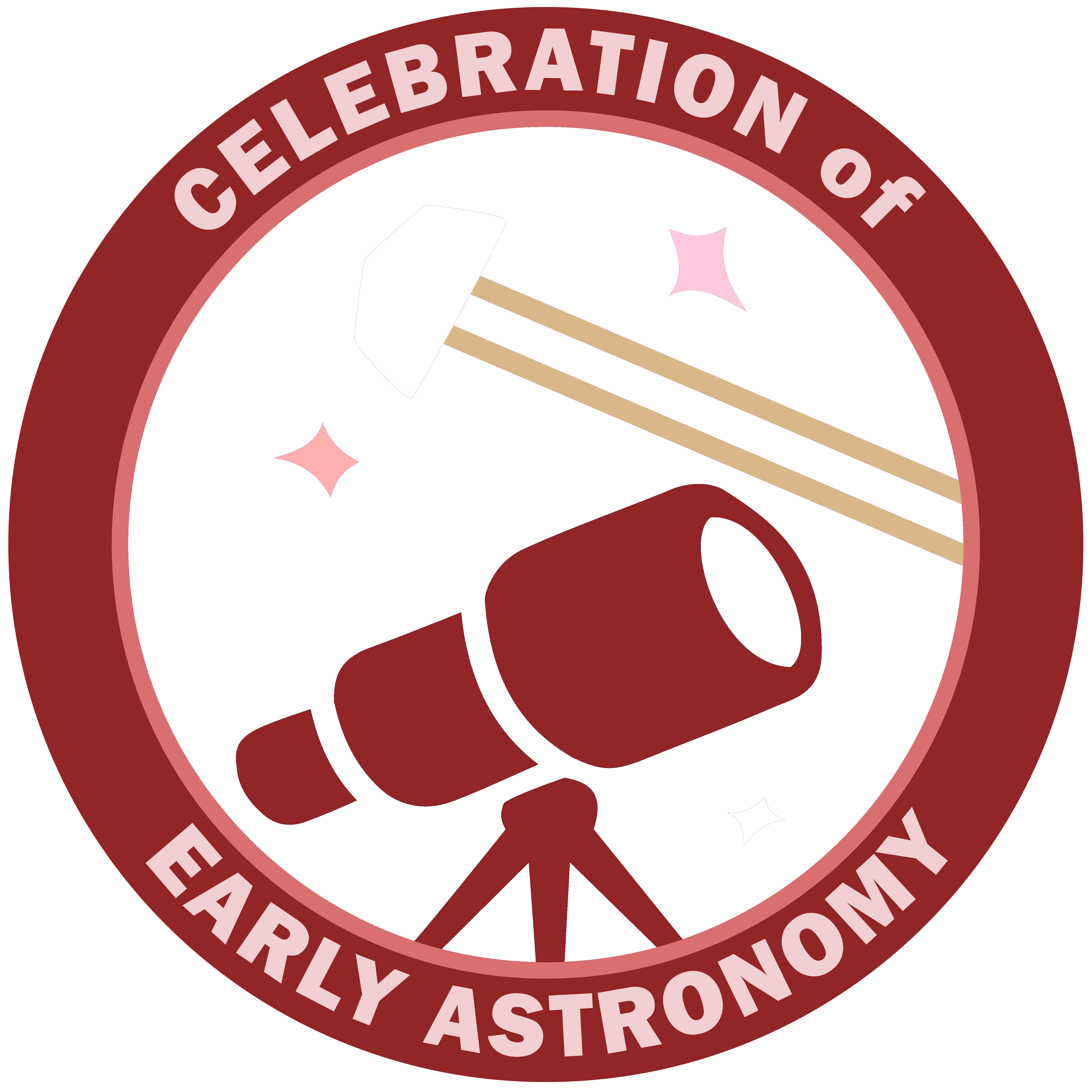As we head out away from NGC 3590, we make our way out and through the Eta Carina Nebula as we make our way further east through the Carina constellation of the night sky.
Dates
Start Date: January 14, 2024
End Date: January 21, 2024
Distances
Basecamp Line: 3,939.90 Ly
Main Waypoints: 4,754.95 Ly
Map, (click for full size):

Basecamp: GCRV 6493
Main Waypoints
- Map References quick reference list, more details below
- Statue of Liberty Sector LC-V c2-12
- x Carinae
- V405 Carinae
- Eta Carinae
- Eta Carina Sector JH-V c2-9
- GCRV 6493
Main Waypoints Details
- Map Reference: Statue of Liberty Sector LC-V c2-12
- POI: Statue of Liberty Nebula
- Statue of Liberty Nebula, also known as NGC 3576 is an emission nebula within the Carina constellation area of the night sky. It was discovered by Sir John Frederick William Herschel in 1834. It was additionally named the Statue of Liberty Nebula in 2009 by Dr. Steve Mazlin.
- SIMBAD Link
- EDSM Link
- Map Reference: x Carinae
- x Carinae, also known as V382 Carinae is a G class yellow hypergiant star in the Carina constellation of the night sky. It is the brightest yellow hypergiant in the night sky, easily visible to the naked eye. It is roughly 6200 lightyears from our own solar system, 200,000 times as luminous as our sun, and around 500 times the radius of the Sun.
- SIMBAD Link
- EDSM Link
- Map Reference: V405 Carinae
- POI: NGC 3293
- NGC 3293 is an open cluster discovered by Nicolas-Louis de Lecaille in 1751. It contains more than 100 stars brighter than 14th magnitude, some of the brightest of are blue supergiants.
- SIMBAD Link
- EDSM Link
- Map Reference: Eta Carinae
- Eta Carinae is a star system containing at least two known starts, and has a combined luminosity greater than five million times brighter than our Sun. It is roughly 7,500 lightyears from our solar system in the Cairna constellation section of the night sky. In 1837 is brightened to become brighter than Rigel. It then became the second brightest star in the night sky for a few days inMarch 1843 before beginning to fade down again, going below naked eye visibility levels in 1856. It had another short brightening period in 1892 before fading again. It has though since 1940 been brightening consistently and has become a 4.5 magnitude star since 2014.
The brightness eruptions of this star are unqieu to it and no other anlogues to this behaviour are currently known in any galaxy. The cause of the eruptions is also not known, some hypotheses include one of the stars having mass transfer to the main star on close orbital passes (perriastron passage), or possibly the merging of two very large stars into a single larger star. - SIMBAD Link
- EDSM Link
- Eta Carinae is a star system containing at least two known starts, and has a combined luminosity greater than five million times brighter than our Sun. It is roughly 7,500 lightyears from our solar system in the Cairna constellation section of the night sky. In 1837 is brightened to become brighter than Rigel. It then became the second brightest star in the night sky for a few days inMarch 1843 before beginning to fade down again, going below naked eye visibility levels in 1856. It had another short brightening period in 1892 before fading again. It has though since 1940 been brightening consistently and has become a 4.5 magnitude star since 2014.
- Map Reference: Eta Carina Sector JH-V c2-9
- POI: Eta Carina Nebula
- NGC 3372, also known as the Carina Nebula is a large nebula in the Carina-Sagittarius arm of the galaxy, approximately 8,500 lightyears from Earth. Within it is the Carina OB1 association and several open clusters including Trumpler 14 and Trumpler 16. It is one of the largest diffuse nebulae in our night sky. While it is four times as large as and brighter than the Orion Nebula it is less well known due to being in the southern sky. It was discovered in 1752 by Nicolas-Louis de Lacaille.
- SIMBAD Link
- EDSM Link
- Map Reference: GCRV 6493
- POI: NGC 3211
- NGC 3211 is a small blue planetary nebula around the star GCRV 6493 in the Carina constellation of the night sky. It was discovered by Sir John Frederick William Herschel in 1837
There is reportedly Notable Stellar Phenomena in this system containing anomalies. - SIMBAD Link
- EDSM Link
